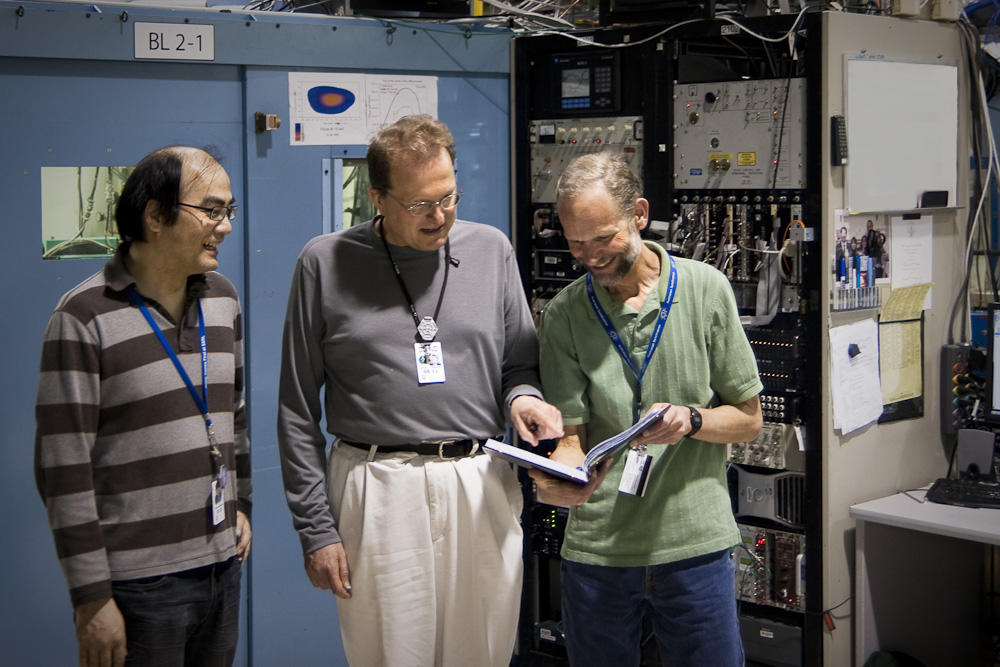A new form of platinum, which can be used to make more efficient and cheaper fuel cells, has been prepared by researchers from the University of Houston. The process, described in the scientific journal Nature Chemistry, could help expand the range of applications of fuel cells - devices that produce emission-free energy from hydrogen.

Fuel cells hold great promise for clean energy since their only by-product is water. However, the current models of fuel cells require about XNUMX grams of platinum, which increases their cost to thousands of dollars.
By adjusting the activity of the platinum, the researchers were able to reduce its required amount by eighty percent, and they hope to reduce it by another ten percent, which will result in a serious cut in the overall price of fuel cells."
Fuel cells work similarly to batteries - the anode provides electrons and the cathode receives them at the other end of the electrical circuit. However, unlike batteries, fuel cells use hydrogen and oxygen to drive their energy-generating reactions; When dissolved oxygen reaches the cathode metal it is split into two atoms before they form water by reacting with hydrogen.
The type of metal chosen for the cathode is extremely important, since some metals fail to break down the oxygen atom, while others bind to it too strongly, thus preventing the desired reaction. Scientists working in this field are looking for the "balance point" - the state where there is the maximum number of broken oxygen bonds and the weakest possible link with the catalyst. The researchers achieved this goal with platinum - it is active enough to break the bonds in the oxygen molecule, but it does not bind to the free oxygen atoms strongly. Unfortunately, its cost is high and makes platinum-based fuel cells too expensive.
In 2005, researcher Peter Strasser from the University of Houston began looking for solutions to the problematic use of platinum, not by replacing it completely, as other researchers tried to do, but by increasing its chemical activity.
To this end, the researchers used a process known as "selective leaching" (dealloying, selective leaching, The entry in Wikipedia). In the first step, they mixed platinum with varying amounts of copper to create platinum-copper alloys. In the next step, they removed the copper from the surface of the alloy. When they tested the binding properties of these treated alloys they found that they were much more active than native platinum.
To understand why this occurs, the researchers examined samples of these materials under a powerful X-ray beam. By examining the way in which the rays are scattered out of the material samples, the researchers were able to obtain a detailed picture of the internal structure of the metal, and reveal that the increased activity originates from lattice strain - a phenomenon in which the arrangement of the platinum atoms changes. By pressing the atoms of the platinum surface and compressing them together more, the process causes the atoms to react with the oxygen atoms to a weaker extent and brings the researchers closer to that desired balance point.
"The distance between two adjacent atoms affects their electronic properties," explains the lead researcher. "By changing the interatomic distance we are able to control the extent of their binding."
The next step for the researchers is to use the X-ray method to get more detailed information about the reaction between the oxygen atoms and the platinum atoms, and to determine what can be done to further optimize the process. The ultimate goal is to create a possible alternative not only for gasoline engines but also for batteries found in tiny electronic devices.

2 תגובות
Two things can be answered about this
1. The pollutants emitted from a coal-fired power plant are disposed of better than those emitted from spaces. In such a power plant, sulfur and nitrogen oxides, particles are treated and there are also plans to capture the carbon dioxide and bury it in the sea - these things are not carried out in vehicles today.
2. Hydrogen can be produced at night, so there is a low demand for electricity and a large part of it is wasted at night, so there is a chance to save here on the creation of greenhouse gases.
3. If the electricity is produced from a source of renewable energy - then there really is no contribution to the creation of greenhouse gases.
Hydrogen gas is not free in the atmosphere, it must be separated from water, this operation consumes large amounts of electricity, most of the electricity in the world is produced from coal and natural gas, so power plants will be built to produce electricity, most of which consume coal and the contribution to reducing greenhouse gases will be marginal.